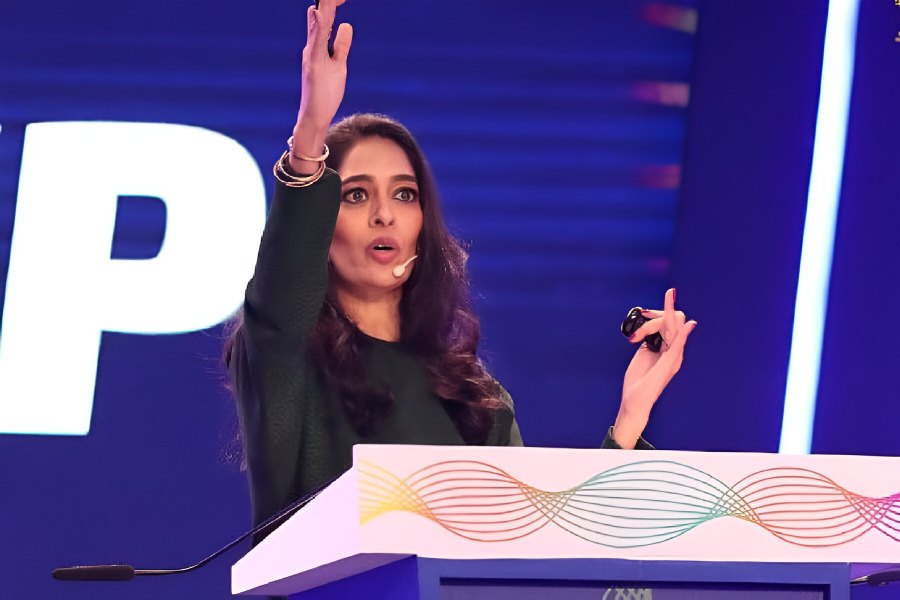AYODHYA: PAST AND PRESENT By Sutapa Mukherjee, HarperCollins, ₹499
As Ayodhya awaits the ‘grand’ Ram temple and subsequent transformation into a major pilgrimage centre, here is a book that moves beyond the milestones of the Ram janmabhoomi movement to enter the by-lanes of this once sleepy town of Uttar Pradesh to map how its much-contested history has affected the locals, changed inter-community relations, and created new resentments that are now directed at the Vishwa Hindu Parishad.
“It descended on Ayodhya and changed the town permanently. The locals feel almost dominated by the VHP, which as time rolled by, took over the nooks of the town and became the sole decision-maker,’’ writes the journalist, Sutapa Mukherjee, in the introduction to her book, underscoring that the town remains divided, only the fault lines are different.
“Muslims have turned completely nonchalant” after the Supreme Court verdict while the euphoria within the majority community of Ayodhya in getting the Ram janmabhoomi is tempered by the disappointment over the loss of their familiar world to the infrastructure being developed and to outsiders who have settled in the area over the past three decades, particularly the VHP.
“Ayodhya to the visitors always offered soothing sounds of chants and bhajans, flowing into the streets from thousands of temples big and small… Most of the small and little-known temples are now gone…’’ writes Mukherjee after a recent visit. A regular visitor to ‘Ram ki Nagri’ since 1998 and familiar with its small-town of-UP identity from her childhood train journeys between Lucknow and Calcutta that took her past the nondescript station of Ayodhya, it is evident that she, too, feels the change.
Because of this association with the town over the years and with many of those involved with the mosque-temple dispute on both sides of the divide, Mukherjee is able to draw them out to make some startling comments that reveal the division within the majority community of Ayodhya now that the temple has been secured. As far as conversations go, while she has gathered voices from both sides of the mandir-masjid divide, the bulk of them is from those involved with the temple movement.
Two chapters of the book map the “legal trails, travails and trials” of the dispute from 1858 to 2019 — stripping it off the legalese to make it reader-friendly — into which she has also woven in the politics that went on side by side. This includes a seldom talked about anecdote of the Congress chief minister, Govind Ballabh Pant, being an early user of the “Hindu card” for the Faizabad-Ayodhya legislative assembly by-election in 1948 to defeat Acharya Narendra Dev who was “popular among all the communities and held in great esteem by Prime Minister Jawaharlal Nehru.”
In the chapter titled “Ram’s Protégé”, Mukherjee profiles some of the key players in the temple movement, many of them heads of the various akharas that flourish in Ayodhya. While she dwells on the “superficial spirituality” of some of the mahants, Mukherjee notes that there “have also been a couple of dedicated and devoted mahants who fought for their people, that is, the Hindus but never at the expense of Muslims. For them, a temple was a possibility, and so was a scenario when the two communities could live together.”
In fact, according to her, Ayodhya was a place where different communities intermingled and lived peacefully till the demolition of the Babri masjid. Two of the early litigants in the case — Ram Chandra Paramhans and Hashim Ansari — remained best friends till their death and used to travel back and forth to the court for the mandir-masjid case together. Their friendship is as much a reality of Ayodhya as is the demolition that changed the course of India 30 years ago.











